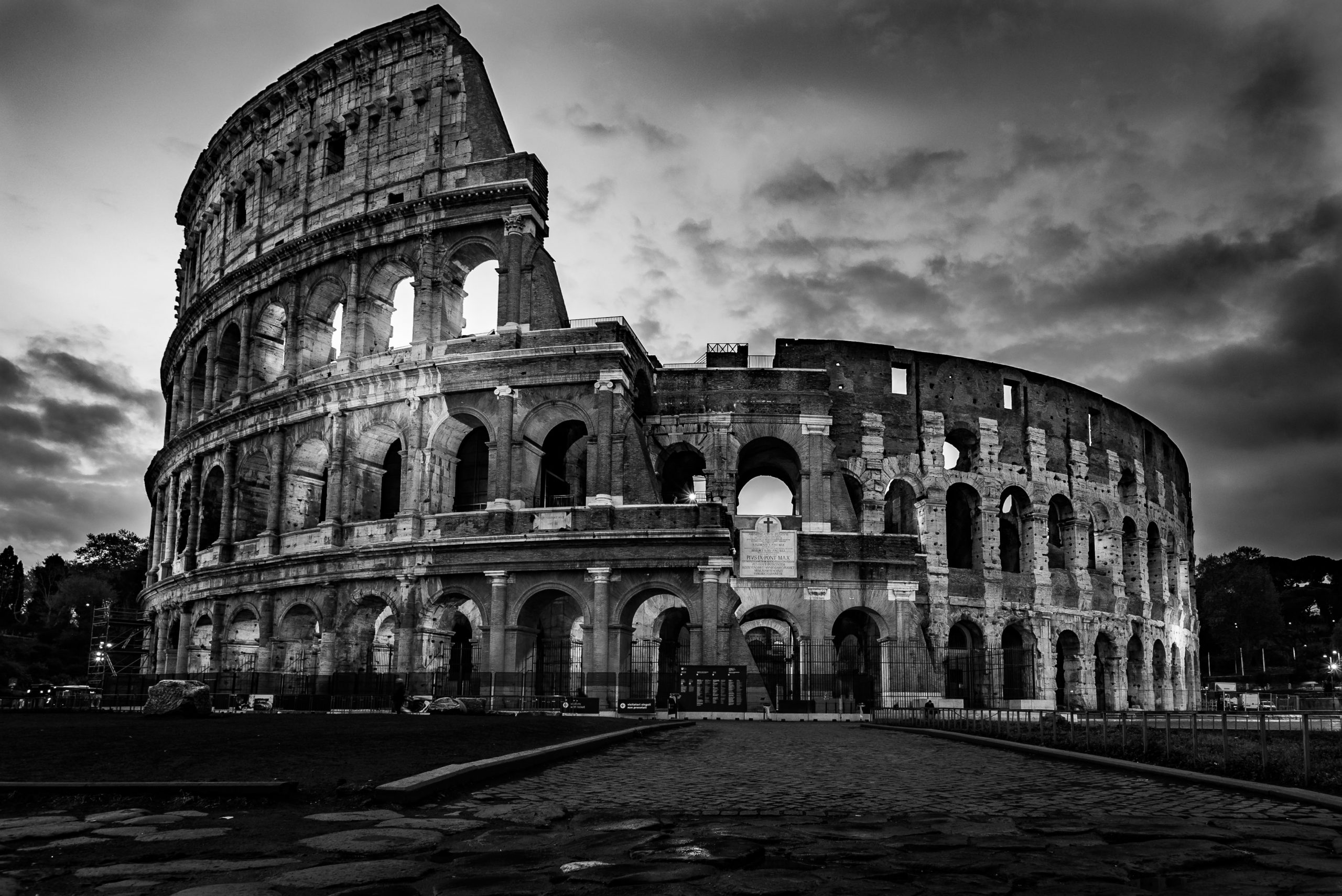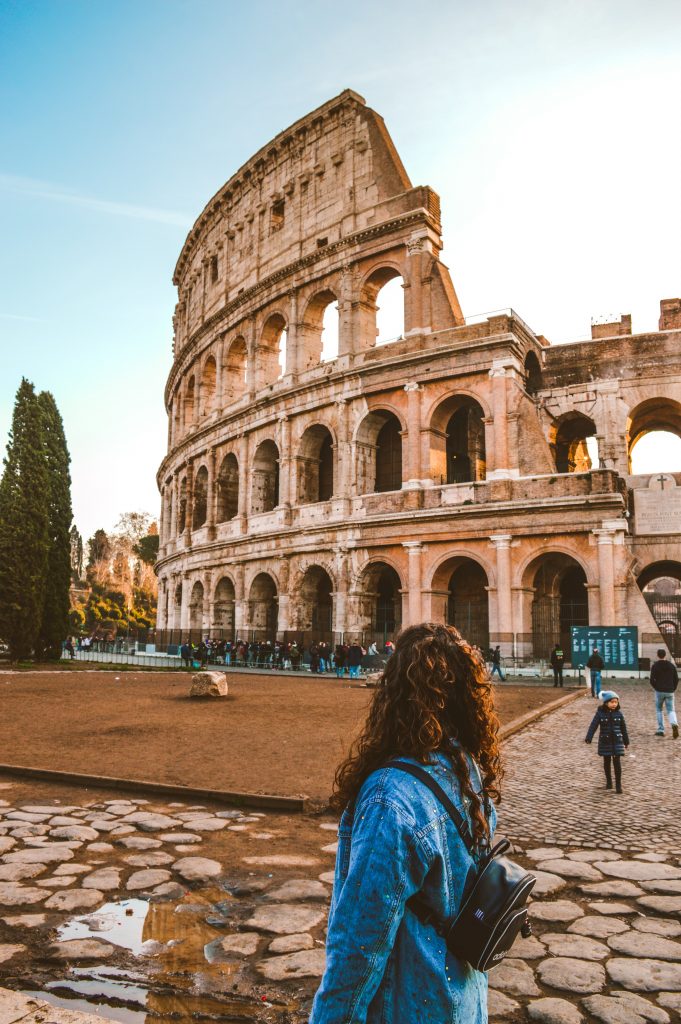
The Colosseum Rome, Italy’s Distinctive Signifier
No other landmark in Rome is as iconic as the Colosseum in a city full of historic ruins.
Since the Eighteenth Century, the Colosseum has been considered a symbol of Rome. “As long as the Colosseum exists, Rome shall stand; when the Colosseum falls, Rome shall fall; and when Rome falls, the world will end,” Bede stated in the seventh century.
The Colosseum, on the other hand, has remained mighty long after the Roman Empire has fallen. It has withstood earthquakes, overcrowding, thievery, and modern-day pollutants to become one of Rome’s most popular tourist destinations. Millions of visitors come from all over the world to see this beutiful place in Rome, eager to admire its architecture, learn about its history, and hear tales of the violent games that took place there.
The Colosseum was commissioned by Emperor Vespasian as a gift for the people of Rome and began construction in 70-72 AD.

The public had grown tired of the previous emperor Nero’s extravagance and depravity, thus Vespasian’s attempt to improve public welfare was the construction of the Colosseum. The Amphitheatre that will replace Nero’s huge palace would provide entertainment for the Roman populace.
The Colosseum had capacity for 50,000 people, who have been assigned seats based on their social status. The Empress, of course, had the greatest seat in the house, with a unique platform at the theatre’s north end. Senators occupied the lowest layer, while nobles and knights occupied the upper tier. Ordinary individuals sat in the top tier, while destitute citizens sat further up. Women and slaves were relegated to the highest top of the Amphitheatre.
For Great Italy Deals and Packages, Please Click Here


